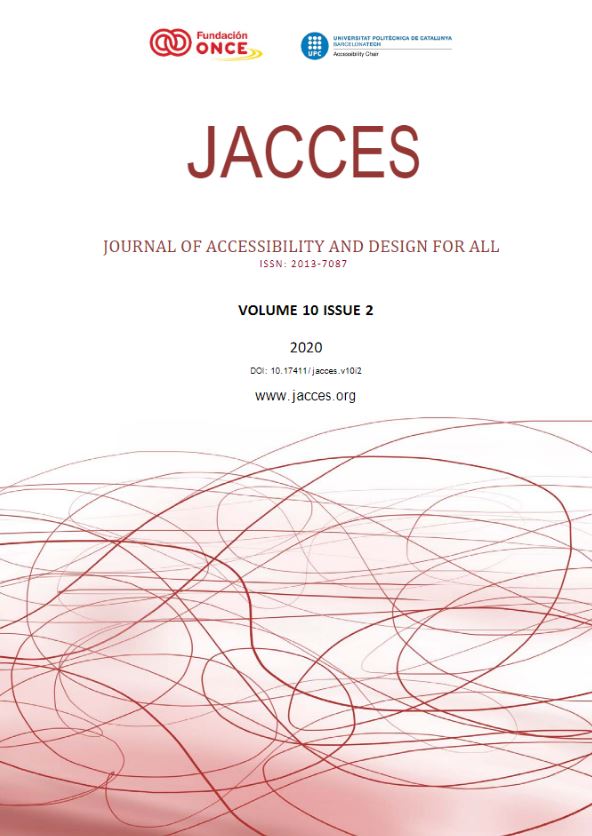Editorial: Journal of Accessibility and Design for all (JACCES)
Author/s: Abhijit Natu
Year of publication: 2020
Subject: Built Environment
Support: Digital
Summary:
Behavioral research as part of the design process in an architectural undergraduate design studio can help bridge the gap between user needs and design decisions and sensitize students to the concept of accessibility and social inclusion. This article presents the process and outcome of three academic design projects in which students employed behavioral research. Design investigations at the undergraduate level occurred at different times and with different groups of students. The research for the design of the park for the blind used quasi-experimental research, while the research for the other two design projects, namely; Home for Elderly and Orphanage used case study research employing qualitative behavior mapping strategies and in-depth interviews with key informants. Accessibility has to be considered from both a physical and social point of view to facilitate inclusion. Hence the model of incorporating design research as part of the design studio is useful. Developing empathy in students towards the disabled and towards those who need social inclusion can facilitate social inclusion through design. The contribution of the article lies in the development of a design research framework for undergraduate architecture students for inclusive design.
Inquiry linkCover image:
